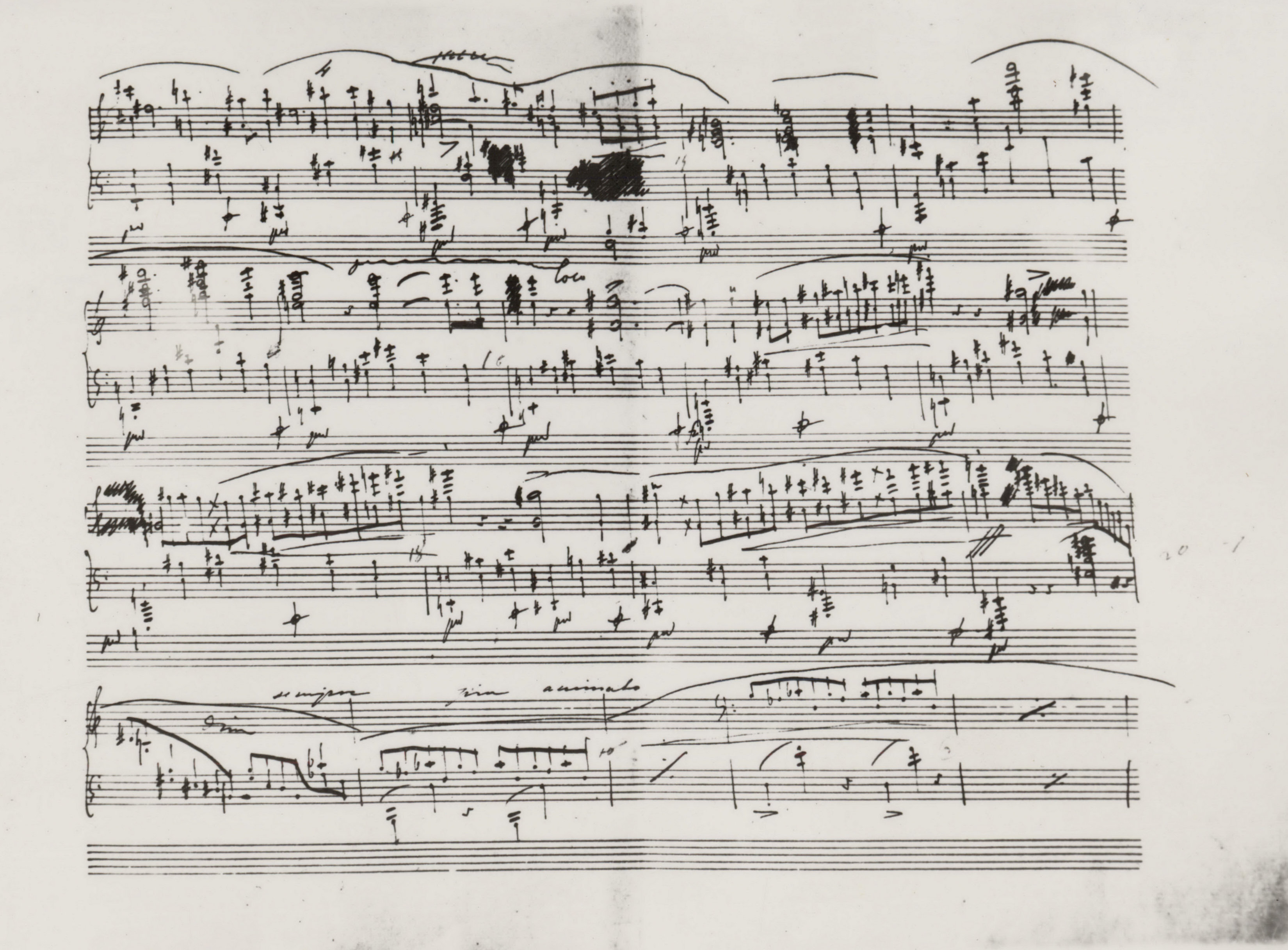Op. 2, Variations in B♭ major
Op. 10, 12 Etudes
Op. 11, Concerto in E minor
Op. 21, Concerto in F minor
Op. 22, Polonaise in E♭ major
Op. 24, 4 Mazurkas
Op. 25, 12 Etudes
Op. 26, 2 Polonaises
Op. 27, 2 Nocturnes
Op. 28, 24 Preludes
Op. 30, 4 Mazurkas
Op. 35, Sonata in B♭ minor
Op. 50, 3 Mazurkas
Op. 63, 3 Mazurkas
Op. 64, 3 Waltzes
(Op. 4), Sonata in C minor




Op. 23, Ballade in G minor
According to us, the sharp over the mordent, added almost certainly by Chopin while proofreading FE (→EE), does not change the sound, but specifies the incomplete notation of A. It is already the G minor chord in the preceding bar that suggests the further direction of the modulation; a modulation that, through the G
minor chord in the preceding bar that suggests the further direction of the modulation; a modulation that, through the G minor key (featuring a
minor key (featuring a ), showed explicitly in the octave sequence in the discussed bar, and the e
), showed explicitly in the octave sequence in the discussed bar, and the e -g
-g -b-d
-b-d chord in the next two bars strives for the dominant chord in D
chord in the next two bars strives for the dominant chord in D minor in b. 126 (which found its eventual resolution on E
minor in b. 126 (which found its eventual resolution on E major 12 bars later).
major 12 bars later).
The easiest explanation for GE missing the  is the engraver's oversight.
is the engraver's oversight.
Compare the passage in the sources »
category imprint: Interpretations within context; Differences between sources
issues: Errors in GE, Authentic corrections of FE, Inaccuracies in A
notation: Pitch

